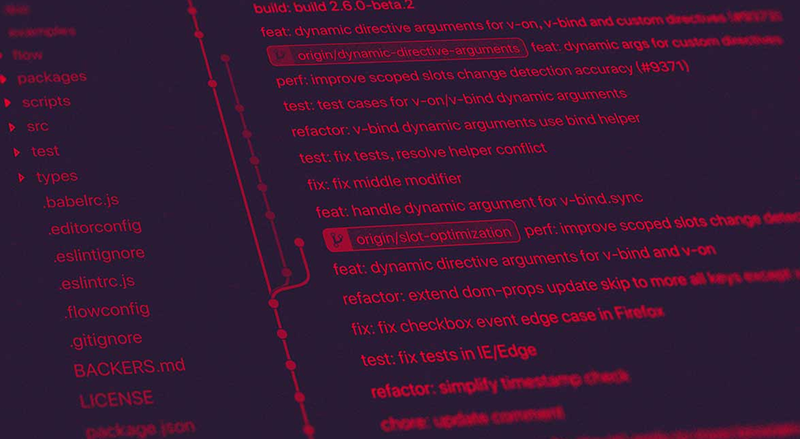In June 2015, the U.S. Office of Personnel Management (OPM) announced that they were the target of a data breach. The number of stolen government records was close to 21.5 million, all of which contained personally identifiable information such as social security numbers and other personal details. There was a need for a stronger network security model for all government agencies. The House of Representatives recommended the Forrester zero trust model.
Let's take a brief look at the history of zero trust, before the U.S. OPM data breach happened. John Kindervag created the Forrester zero trust model back in 2010. He was then the principal analyst at Forrester Research Inc. He's now the field chief technology officer (CTO) at Palo Alto Networks.
Zero trust security framework had already existed before the U.S. OPM data breach incident. Why didn't they use it? One of the major reasons is that the old security model was still popular at that time. The traditional security concept is the "castle and moat" approach. It trusts everything inside the network and distrusts everything else.
The Forrester zero trust model enforces a "never trust and always verify" principle. This protects your network from both internal and external threats. Any user or device trying to gain network access must pass verification first. A successful authentication grants them network access, albeit with restrictions. There's no such thing as "absolute access" now — even your network admin doesn't have this privilege.
You will learn the benefits of Forrester zero trust model in the next section.
The Forrester Zero Trust Model Benefits
Every businessman always thinks of, "what's in it for me?" when investing in something. The most common factors we look for in a product or service are the features. Here are a few of the benefits you get from using a Forrester zero trust model:
Benefit #1: Reduces Technical Difficulties Provide Strong Tag
Complying with computing standards and security regulations is difficult. Windows 7 users will not receive support from Microsoft after January 2020. This will trigger the need to upgrade their operating systems to Windows 10. Their CPU must also meet the system requirements for Windows 10, so they will have to upgrade some or all parts of their CPU.
But wait, there's more! These users will also need to install various apps on their PCs and meet the system requirements of each one. These technical details will only give you stress. One good solution is to go for a cloud-based Forrester zero trust model. Your cloud service provider will take care of all these troubles for you.
Benefit #2: Reduces Costs Provide Strong Tag
If you use a cloud-based zero trust approach, it will save you money, time, and effort. It is the best cost-effective solution you can get today. Forget the hardware and software costs, because your cloud service provider shoulders these. You also don't have to worry about the people who will configure and manage your equipment, which is good because hiring a staff of professionals is expensive. These are all part of your cloud service provider's responsibilities.
Benefit #3: Reduces Threats Provide Strong Tag
Every user and device trying to gain network access has to pass verification. Remember the Forrester zero trust model principle of "never trust and always verify." How about malware? Malware is short for malicious software. It is a program that performs malicious acts, like stealing sensitive data. It can even automate the process of hacking.
In either case, malware falls under the unknown threat category when first sighted. The most common way to introduce malware is through an email attachment. Clicking the attachment triggers the malware infection. You can prevent this by applying rules such as verifying if the sender is a trusted contact or not. That's the beauty of the Forrester zero trust model — you can do many security methods with it.
Benefit #4: Reduces Users' Stress Provide Strong Tag
There are many causes and reasons people get stressed. An employee doing technical things over and over again is an example. Having to remember each password for a different application can trigger headaches. The Forrester zero trust model offers users a single-sign-on (SSO) method. Just sign in once and forget the rest of the time. This gives a good user experience and relieves stress.
Zero Trust Strategy — Conclusion
Now you know what the Forrester zero trust model is and a few of its benefits. You are also aware of its importance for your business and network. For more information about the Forrester zero trust model, please click here.
